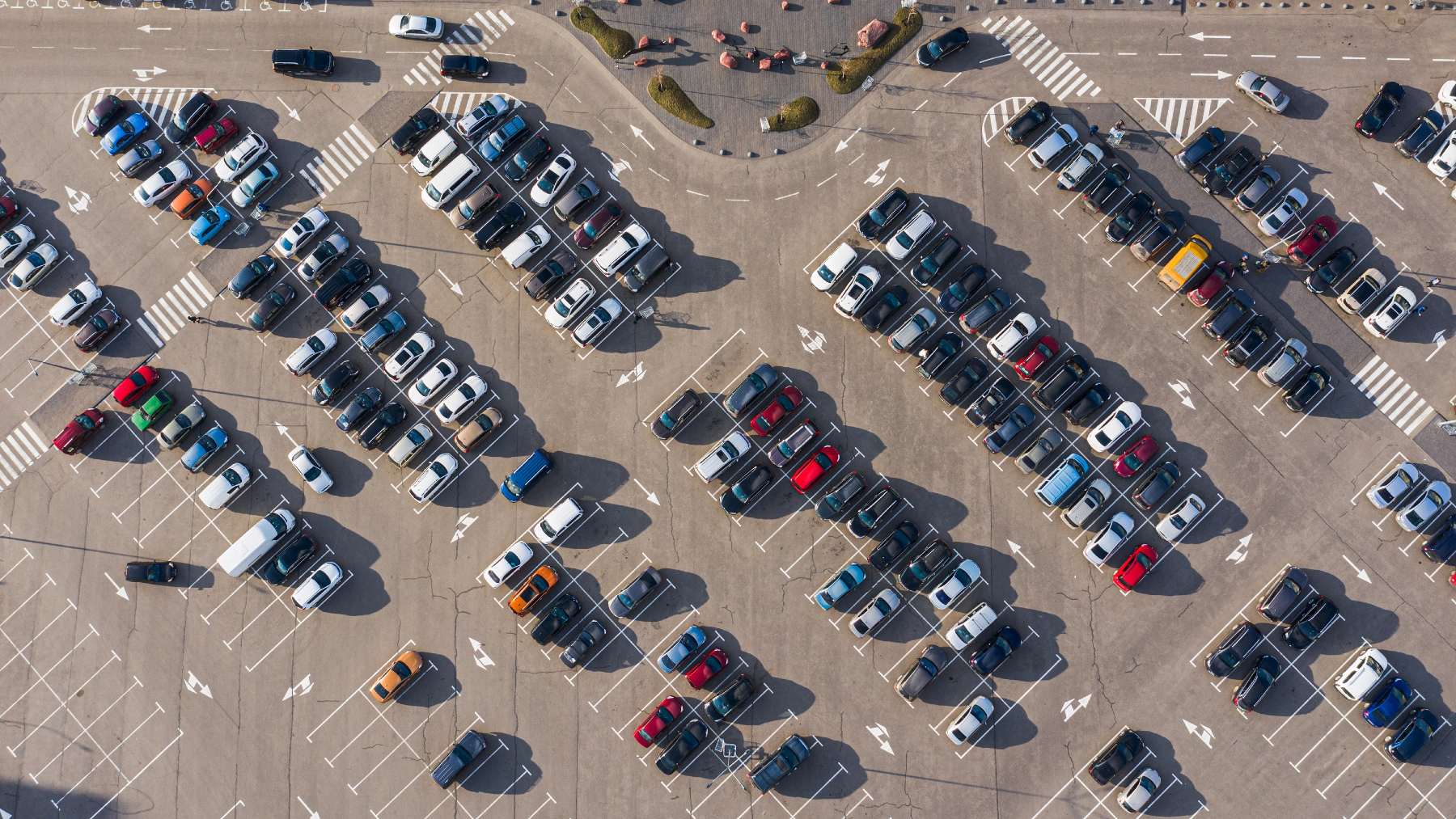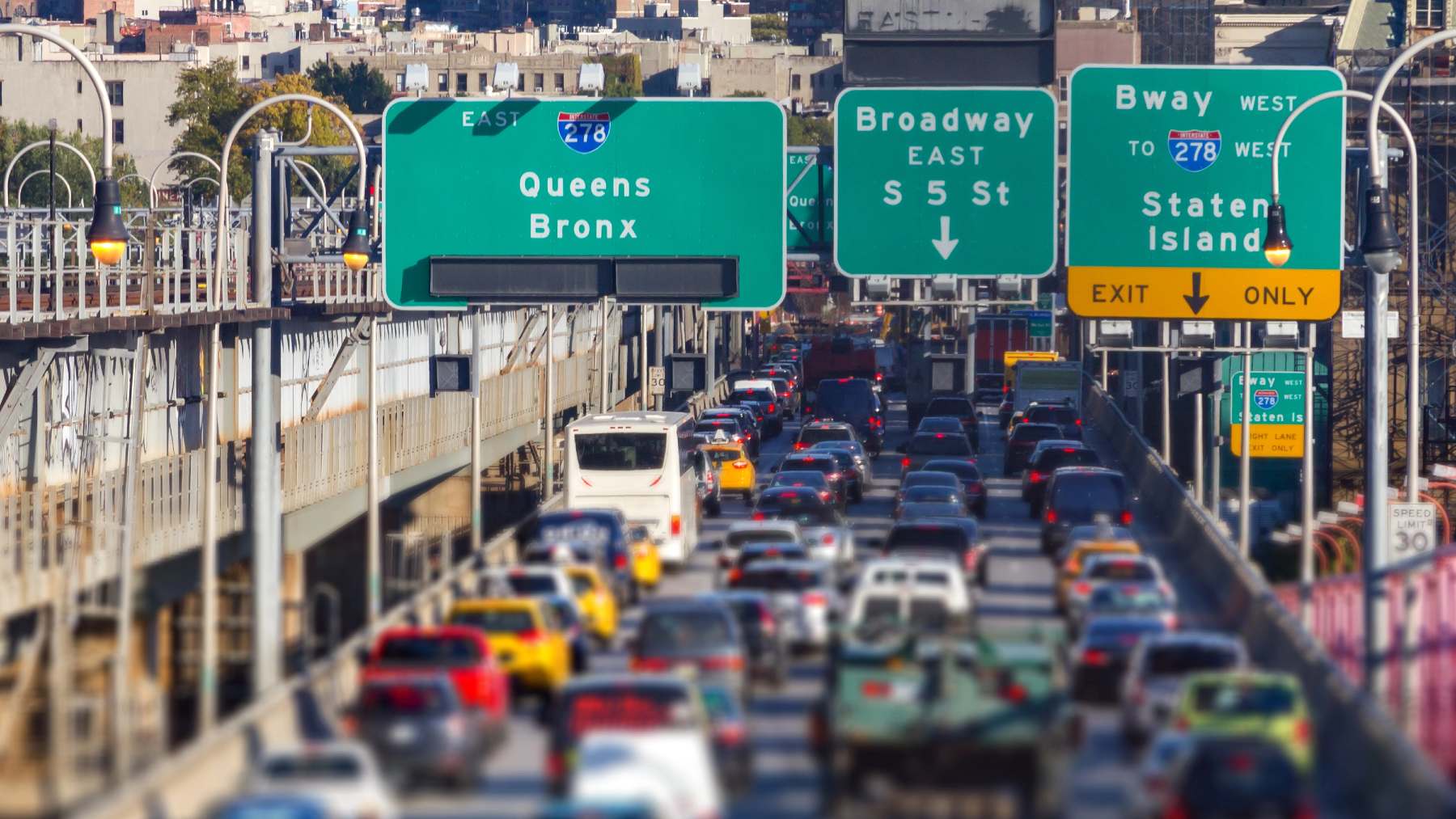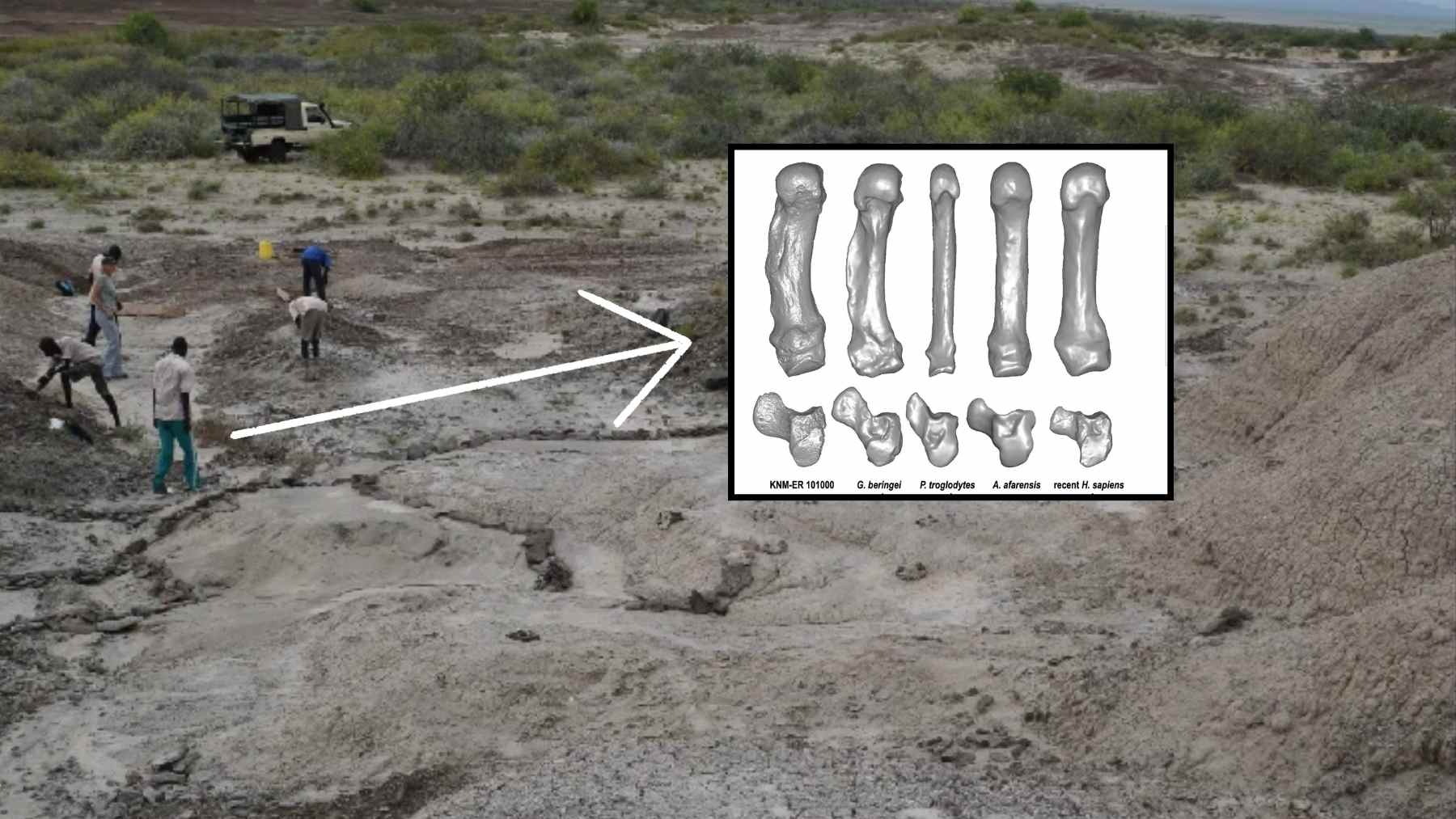Traffic laws and policies are constantly under revision among states’ DMVs. This is to keep up with the changing reality of the roads, such as the increasing likelihood of self-driving vehicles, as well as to ensure that all road users are kept safe. While these revisions and policy updates are intended to keep drivers and other road users safe, sometimes new updates can catch drivers off guard if communication is not done to inform drivers of new updates, resulting in unexpected fines for drivers.
New ‘daylighting’ laws seen across states
One such driving policy that is being increasingly implemented across states is ‘daylighting’ laws. This policy refers to laws that enhance road safety by making it illegal for parked vehicles to obstruct the view of pedestrian crossings at intersections. This means that it is illegal to park within a certain distance of these crossings in order for drivers to be aware of their presence to protect pedestrians crossing the road.
The National Association of City Transportation Officials’ recommendations for daylighting policies state that vehicles should not park within 20–25 feet of an intersection for ideal visibility. Further, they recommend that parking near these intersections should be further deterred with the implementation of curb extensions or other physical infrastructure that do not limit visibility, such as planters, granite blocks, or bike share stations.
This state’s DMV targets one group of drivers with new fines
Recently, in 2023, the California Department of Motor Vehicles (DMV) announced that it would be implementing daylighting policies at California intersections, beginning in January of this year. However, for residents of San Diego, the law only went into effect in March. This has reportedly caught many San Diego citizens off guard, who were not aware of the sudden change. The new change is just one of many driving changes and initiatives the state is seeing.
Under the new legislation, drivers can now be fined up to $117 if they park within 20 feet of the near side of any marked or unmarked crosswalk. These rules apply even if there is no signage indicating the new law, according to California State Assembly Bill 413. From the start of March to the end of May, San Diego police have already generated over $600,000 worth of fines for violating this new piece of legislation. To remind drivers of the law, the city plans to paint the curbs near intersections red. However, many residents still feel blindsided by the sudden application of fines.
“I think that’s good intentions,” said Vincent Thai, a college student in La Jolla to CBS8. “But honestly, it’s something I completely forgot about.”
Other laws are in place to prevent road accidents
Other laws that have recently been put in place across states to ensure the safety of road users, including pedestrians, have mainly focused on speeding and automated camera usage. Other efforts to improve road safety have also been related to fostering increased trust between law enforcement and the public. While implementing policies that ensure that the laws of the road are being abided by is important, it is of equal value to implement policies that make citizens feel like they can trust law enforcement and report road users who are breaking the law.
In Washington State, for example, police are considering banning traffic stops for nonmoving violations by law enforcement. This is due to increased concern from the public that these stops cause bias from law enforcement, where specific individuals are targeted by police, especially non-white drivers. The removal of this practice in the state is still under review in the House Committee, but if passed and signed into law,it would go into effect from 2026














